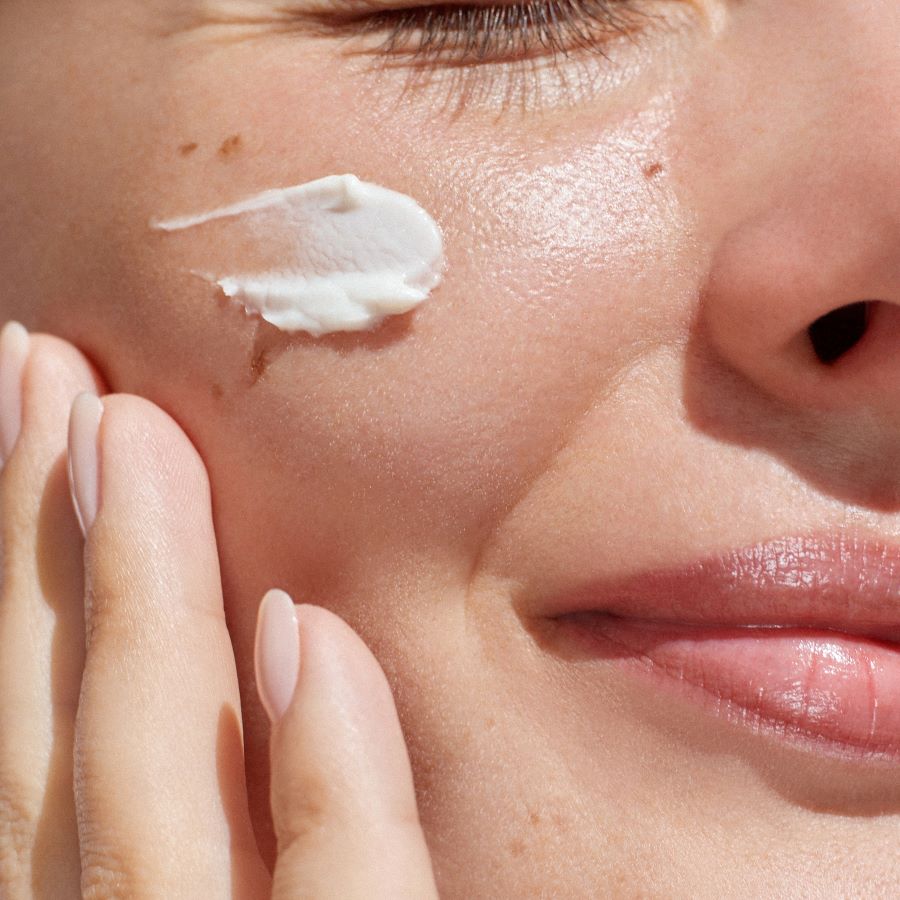Seasonal Regimens: Adjusting Your Routine for Climate Changes
Seasonal shifts often require small but purposeful changes to a beauty routine. As temperature, humidity, and sunlight vary, adjusting product choices, application frequency, and protection strategies helps maintain skin balance. This overview highlights practical, ingredient-focused adjustments to keep skin hydrated, protected, and comfortable across different climates.

This article is for informational purposes only and should not be considered medical advice. Please consult a qualified healthcare professional for personalized guidance and treatment.
How should skincare shift with seasons?
Seasonal skincare means tuning basic steps—cleanse, hydrate, protect—to the environment. In colder months, prioritize gentler cleansers and richer layers to support the skin barrier; in warmer months, favor lighter textures and more frequent cleansing to manage sweat and oil. Pay attention to signs such as tightness, flaking, increased sensitivity, or breakouts; they indicate the need to change concentrations, textures, or the number of steps in your routines. Consistency matters, but so does flexibility: swap one product at a time to assess effects.
Which ingredients support seasonal hydration?
Hydration strategies should rely on ingredients chosen for the season. Humectants like glycerin and hyaluronic acid attract moisture year-round, while occlusives such as petrolatum or plant-derived oils are useful in dry, cold climates to lock water in. In humid seasons, lighter emollients and water-based lotions prevent pore-clogging. Layering is effective: a hydrating serum followed by a moisturizer tuned to the season balances hydration without excess oil. Consider the skin’s needs rather than forcing the same formulation year-round.
How does sunscreen and antioxidants usage change?
Sunscreen is important regardless of season because UV exposure and visible light vary by latitude and weather. In sunnier months, increase SPF and reapply more often during outdoor exposure. In colder or overcast periods, continue daily protection but choose formulations with textures that sit well under heavier moisturizers. Antioxidants such as vitamin C or niacinamide can complement sunscreen by neutralizing free radicals from sunlight and pollution; incorporate them into morning routines, ensuring compatibility with other actives to avoid irritation.
Why does pH and formulations matter?
pH affects ingredient performance and barrier function. Cleansers with a skin-friendly pH help preserve the acid mantle, especially when environmental stressors change. Acidic exfoliants and actives perform differently depending on formulation and accompanying pH; during harsh, drying seasons, reduce frequency of low-pH treatments to avoid barrier disruption. Formulations tailored to climate—lighter emulsions for heat, richer creams for cold—improve tolerability and efficacy. Always check how combined formulations behave on your skin rather than assuming one product fits every season.
Fragrances, preservatives, and patchtesting?
Fragrances and certain preservatives can increase irritation risk, particularly when skin is stressed by climate shifts. In drier or wind-exposed conditions, barrier compromise can make skin more reactive to scented products. Patchtesting new items before full-face use helps identify sensitivities, and selecting fragrance-free or minimally fragranced formulations reduces risk. Preservatives are necessary for safety in water-containing products; seek reputable formulations and perform spot checks for reactions, especially when combining multiple new products into a seasonal routine.
How can routines support sustainability?
Sustainable routines consider product longevity, packaging, and ingredient sourcing alongside efficacy. Choose multifunctional products when appropriate—hydrating sunscreens or antioxidant serums that fit multiple roles cut down waste. Favor concentrated formulations or refills to reduce packaging impact. Local services or retailers in your area can offer smaller-batch or refill options; research brands’ transparency about formulations and preservatives to balance safety with sustainability. Adjusting routines seasonally can also reduce unnecessary product turnover when informed substitution replaces full product waste.
Conclusion
Adapting a beauty regimen to climate changes is about matching textures, active concentrations, and protective measures to environmental demands. Focus on hydration strategies, appropriate actives, pH-respecting cleansers, and non-irritating formulations while maintaining consistent sun protection. Small, evidence-minded adjustments—combined with patchtesting and attention to sustainability—help maintain healthy skin across seasons without overcomplicating daily care.





